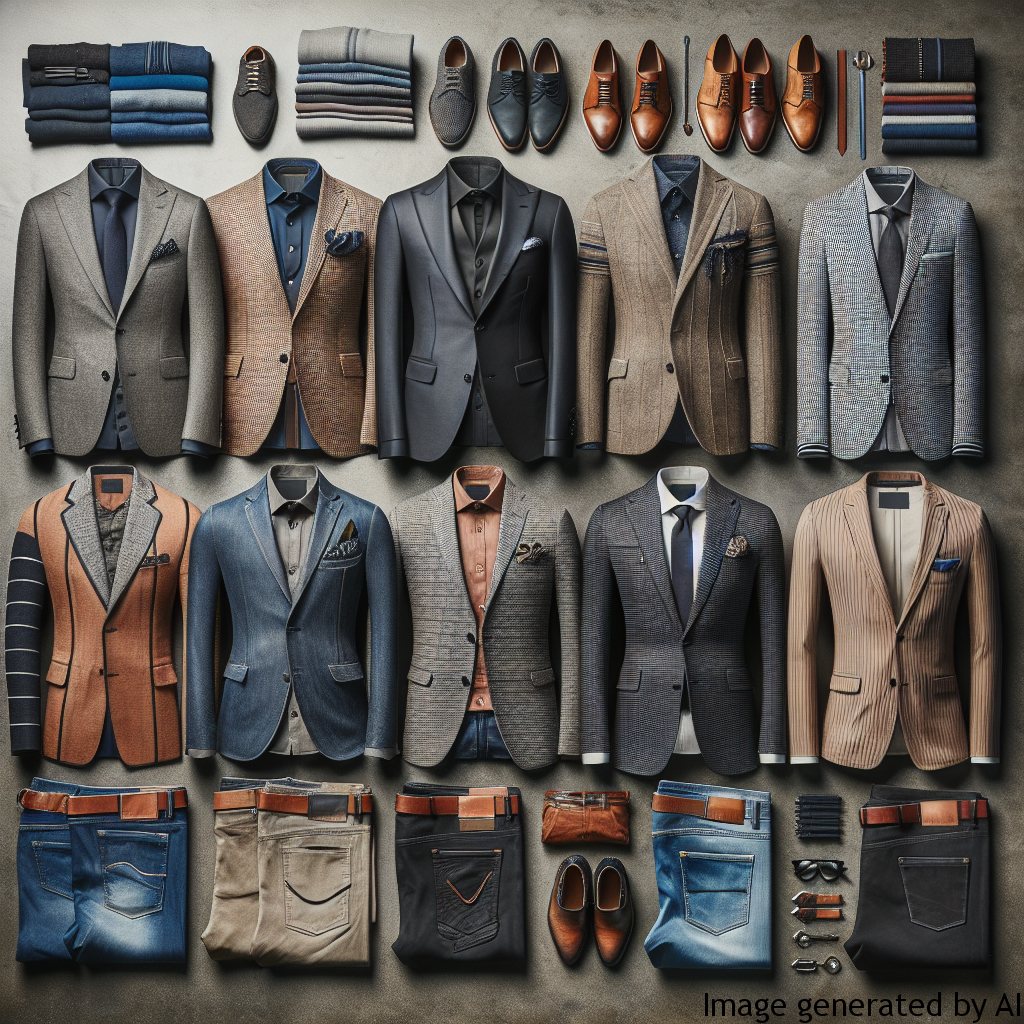Introduction
In the twenty-first century, fashion has emerged as an indisputable facet of identity. This is particularly true for men, who are increasingly turning to designer clothing as a form of self-expression. Men’s designer clothing serves not only as an emblem of personal style and character but also as a symbol of status and attractiveness. Beyond its aesthetics, designer clothing plays a profound role in shaping society’s perceptions and reinforcing gender expectations.
Description of Gender Expectations and Its Influence on Men’s Mental Health
Men are often burdened with societal expectations that revolve around masculinity, such as the notion that men should embody strength, dominance, and economic success.
The Pressure to Conform to “Masculine” Expectations
These gender norms can impose immense psychological pressure on men as they strive to fit into the defined ‘masculine’ mold. Men who feel they can’t live up to these expectations may experience feelings of inadequacy, anxiety, and low self-esteem. Consequently, this has potential to adversely affect their mental well-being.
Role of Designer Clothing in Male Identity Construction
Designer clothing plays a significant part in the masculine identity construction process. For many men, wearing high-end labels is a way of projecting success, proving their worth, and establishing social standing. Although beneficial in some cases, this reliance can also elevate the pressure to align with materialistic interpretations of masculinity.
How Gender Roles Can Influence Men’s Lives
The impact of societal gender roles on men can be multi-dimensional, affecting various aspects of their lives, from professional to personal. Professionally, men face pressure to succeed economically, a responsibility linked with wearing designer wear as a physical embodiment of economic success. On a personal level, men may feel compelled to create an appearance that appeals to romantic and social expectations, where designer clothing often symbolises attractiveness and desirability. This association between high-end labels and success can sometimes lead to unhealthy patterns of consumption bordering on materialism.
Tips for Improving Mental Health with Consideration for Gender Roles
Improving psychological well-being involves challenging these gender norms and creating a healthier relationship with self-presentation. Here are a few tips to consider:
- Self-Reflection: Reflect on personal values independent of societal expectations to develop a genuine sense of self-identity.
- Healthy Consumption: Cultivate a balanced relationship with designer clothing. Be mindful that clothing, although it can express personal style and status, is not a measure of your worth or success.
- Professional Help: Seek support from mental health professionals who can provide guidance in managing the stress and pressure associated with societal expectations.
Conclusion
Men’s designer clothing, while a significant aspect of personal expression and status symbol, can also contribute to the reinforcing and perpetuating of certain gender expectations. As we progress in dialogue and understanding, it’s important to challenge these norms and redefine what it means to be masculine. Ultimately, men should feel comfortable with their own identity independently of their clothes or societal pressures. The real measure of a man should not be determined by his suits’ price tags, but his character, integrity, and actions.

